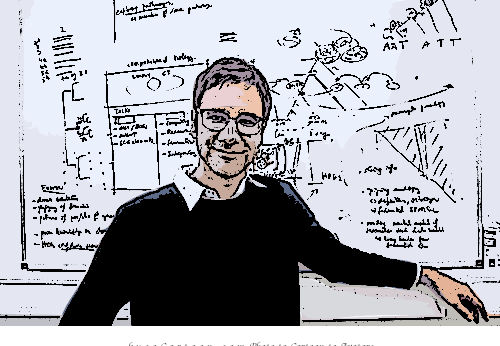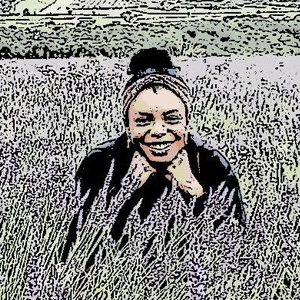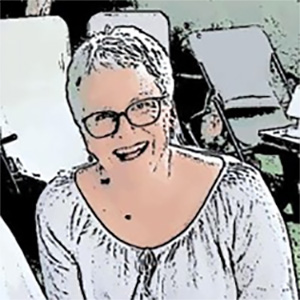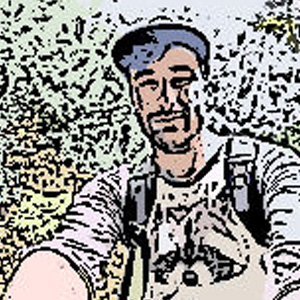Welcome!
The aim of this web site is to foster the interest and curiosity of a public of all ages about the evolution of species, a fundamental but rather abstract topic.
Concrete questions are addressed: What do humans and banana have in common? Why is it important to study the evolution of coronaviruses? What is the link between tyrannosaurus and chicken?
You will find a series of stories on these topics (and more) in the Stories section and, as well as related interactive workshops in the section Your turn to play.
Important terms are defined in the Glossary.
If you need more in-depth information on the concepts of biology, evolution and bioinformatics that are covered, you can consult the Introduction section.
New stories and activities are to be discovered throughout the next 3 years! Subscribe now to be informed when new stories come out.
You can use our contact form to send us your thoughts and feedback and don’t forget to share your experiences on social media!
Publication: Bringing science to the public in the light of evolution (2023)






